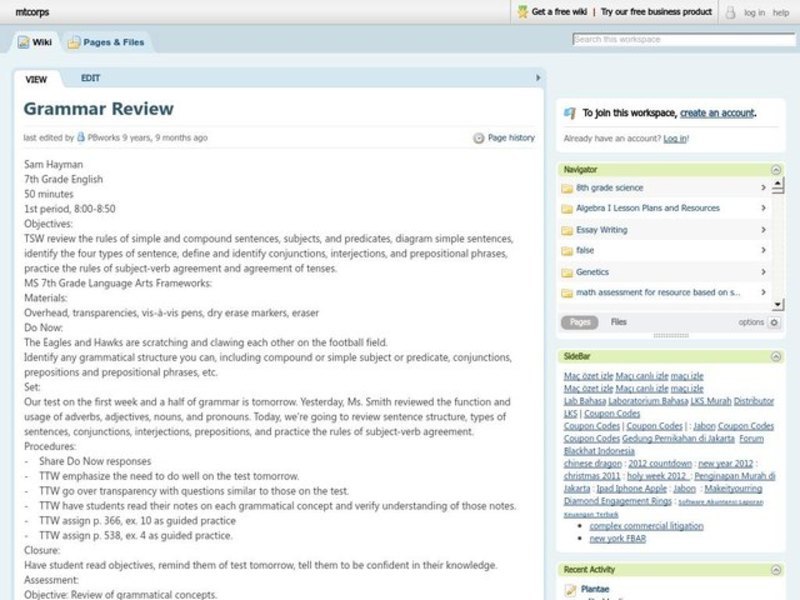Recapitulación de gramática leccion 6 – En la recapitulación de gramática de la Lección 6, profundizamos en las estructuras gramaticales y las conjugaciones verbales esenciales para comunicarse eficazmente en español. Exploramos las reglas y excepciones de pronunciación, ampliamos nuestro vocabulario y obtenemos información cultural valiosa, consolidando nuestra comprensión del idioma y la cultura española.
A través de ejemplos ilustrativos, tablas de conjugación detalladas y ejercicios prácticos, esta recapitulación proporciona una base sólida para construir habilidades lingüísticas sólidas.
Grammatical Structures: Recapitulación De Gramática Leccion 6

Lesson 6 introduces several key grammatical structures that are essential for effective Spanish communication. These structures include:
- The present perfect tense, which is used to describe actions or events that began in the past and are still ongoing or have just been completed.
- The preterite tense, which is used to describe actions or events that took place in the past and are now complete.
- The imperfect tense, which is used to describe ongoing actions or states in the past, or to provide background information.
- The conditional tense, which is used to express hypothetical situations or to make polite requests.
Verb Conjugations
Lesson 6 also covers the conjugation of regular and irregular verbs in the present, preterite, and imperfect tenses. The following table provides a summary of the conjugations for the regular verb hablar(to speak) and the irregular verb ir(to go):
| Person | Present | Preterite | Imperfect |
|---|---|---|---|
| Yo | hablo | hablé | hablaba |
| Tú | hablas | hablaste | hablabas |
| Él/Ella/Usted | habla | habló | hablaba |
| Nosotros/Nosotras | hablamos | hablamos | hablábamos |
| Vosotros/Vosotras | habláis | hablasteis | hablabais |
| Ellos/Ellas/Ustedes | hablan | hablaron | hablaban |
Vocabulary
Lesson 6 introduces a number of new vocabulary words, including:
- Ayer(yesterday)
- Hoy(today)
- Mañana(tomorrow)
- Anoche(last night)
- Esta mañana(this morning)
- Esta tarde(this afternoon)
- Esta noche(tonight)
- Hace(ago)
- Desde(since)
- Hasta(until)
Pronunciation, Recapitulación de gramática leccion 6
Lesson 6 covers several important pronunciation rules, including:
- The pronunciation of the letter “h” in Spanish, which is silent.
- The pronunciation of the diphthongs “ie” and “ue,” which are pronounced as [je] and [we], respectively.
- The pronunciation of the triphthong “ue,” which is pronounced as [we].
Cultural Insights
Lesson 6 also provides insights into Spanish culture and customs, including:
- The importance of family and friends in Spanish culture.
- The custom of greeting people with a kiss on the cheek.
- The tradition of taking a siesta, or afternoon nap.
Practice Exercises
To reinforce the concepts covered in Lesson 6, the following practice exercises are provided:
- Translate the following sentences into Spanish:
- I spoke to him yesterday.
- We are going to the movies tonight.
- She has been studying Spanish for two years.
- Conjugate the following verbs in the present, preterite, and imperfect tenses:
- Hablar(to speak)
- Ir(to go)
- Comer(to eat)
- Write a short dialogue using the vocabulary and grammatical structures covered in Lesson 6.
Question Bank
¿Qué estructuras gramaticales se cubren en la Lección 6?
Las estructuras gramaticales cubiertas incluyen oraciones simples, preguntas, negaciones y estructuras comparativas.
¿Cómo se conjugan los verbos en la Lección 6?
La Lección 6 enseña las conjugaciones de verbos regulares e irregulares en tiempo presente, pretérito perfecto y futuro simple.